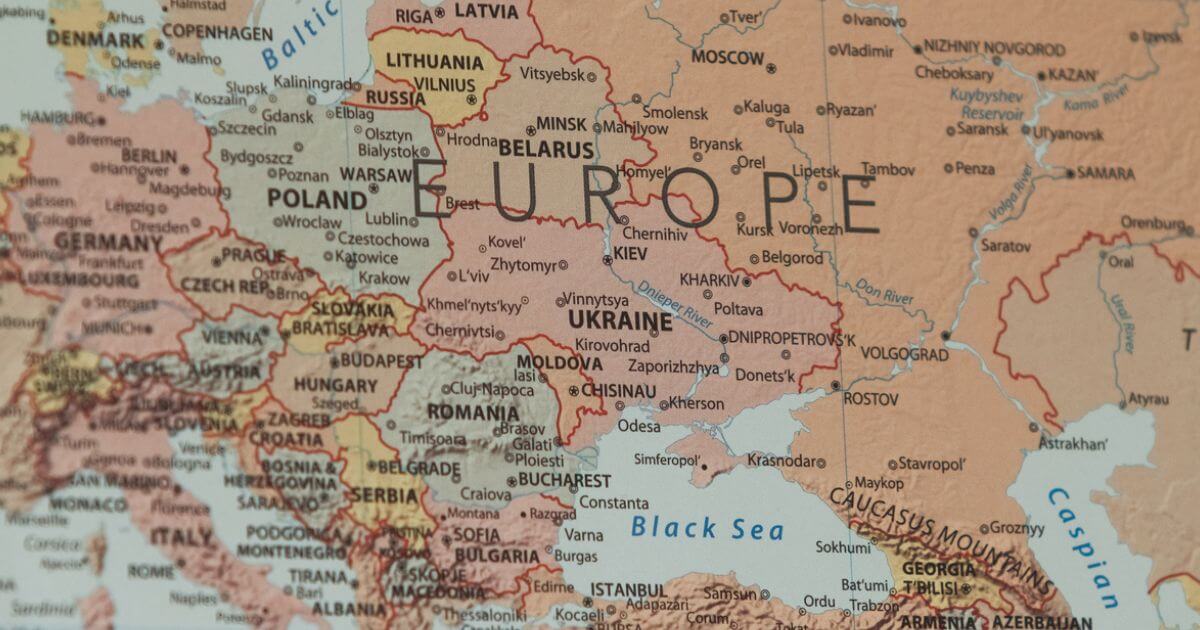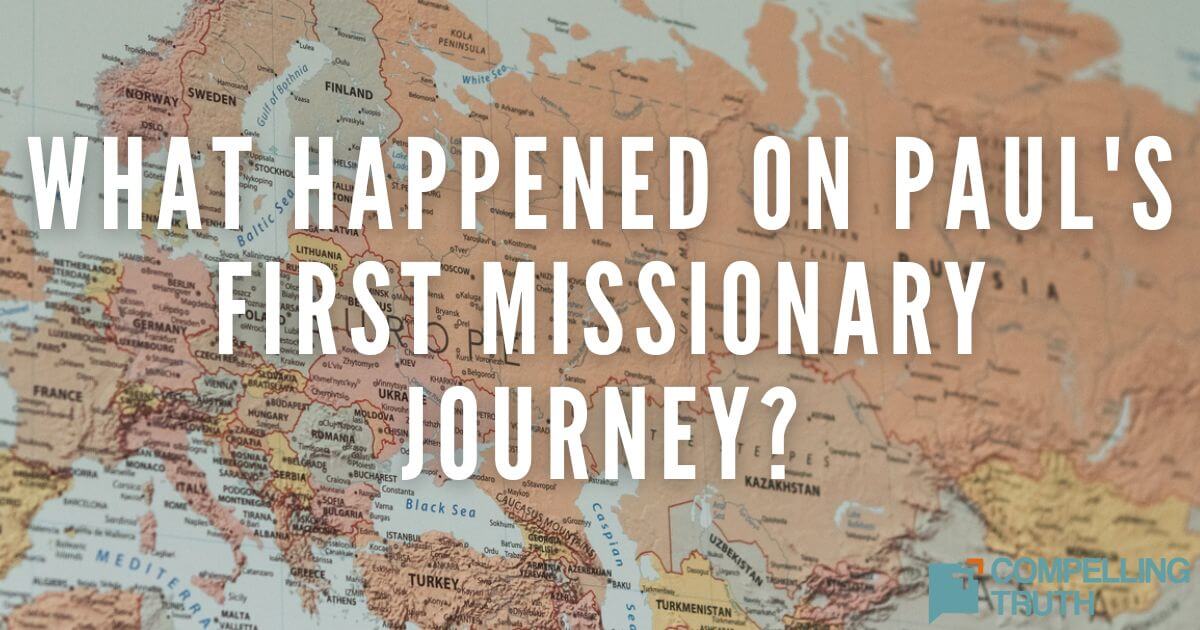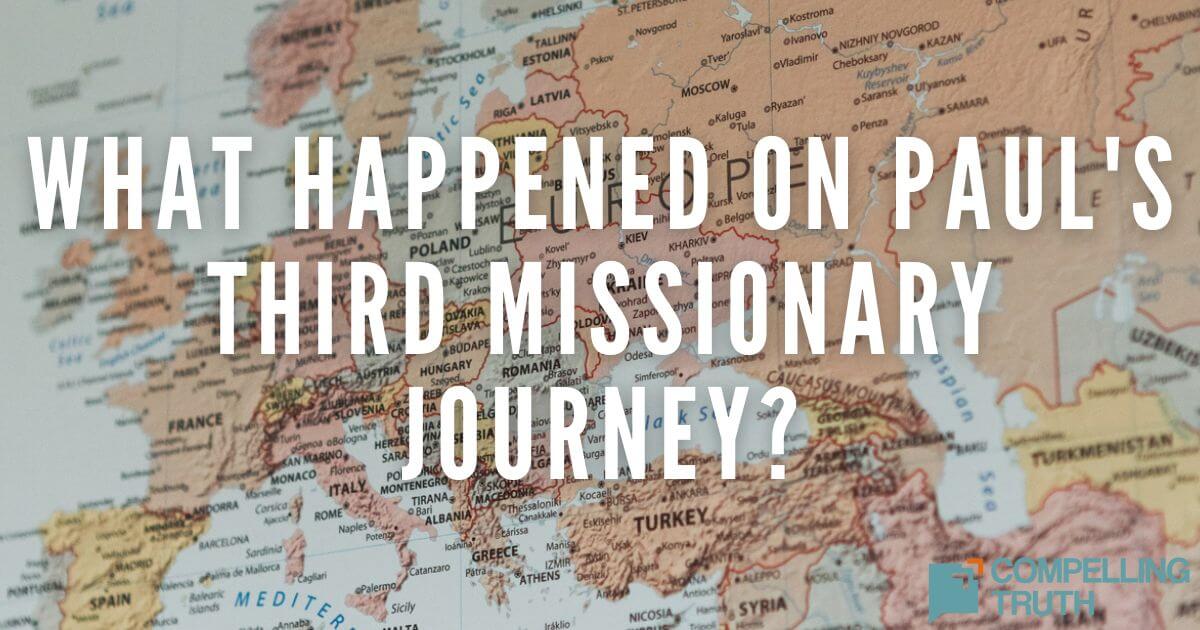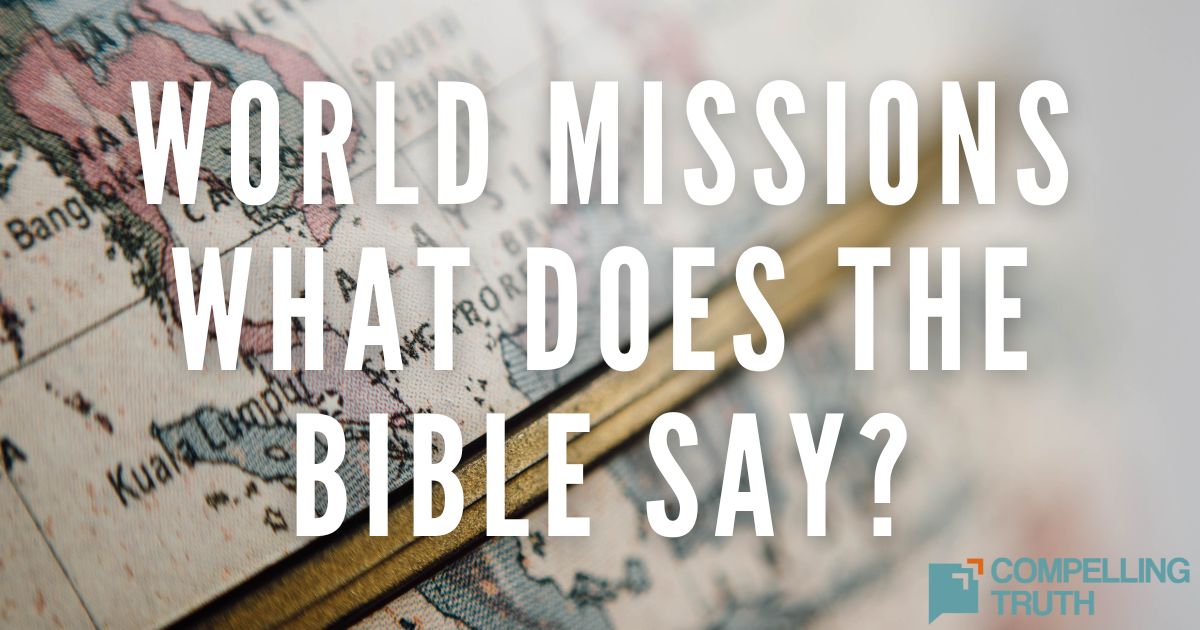what does the bible say?
Paul's second missionary journey, documented in Acts 15:36—18:22, began with a disagreement between Paul and Barnabas over whether to take John Mark along. They split, with Barnabas taking Mark to Cyprus and Paul choosing Silas as his companion. In Philippi, Lydia opened her home to the gospel, and later, Paul and Silas were imprisoned but witnessed a miraculous release. Moving through Thessalonica and Berea, Paul faced opposition but also found believers. In Athens, Paul tailored his message to the culture, and in Corinth, he focused on Gentiles after Jewish opposition. Throughout, Paul, Silas, and Timothy followed the leading of the Holy Spirit. Lessons from Paul’s second missionary journey include handling disagreements, adapting to different cultures in sharing the gospel, the importance of perseverance in hardship, and the value of women in ministry.




